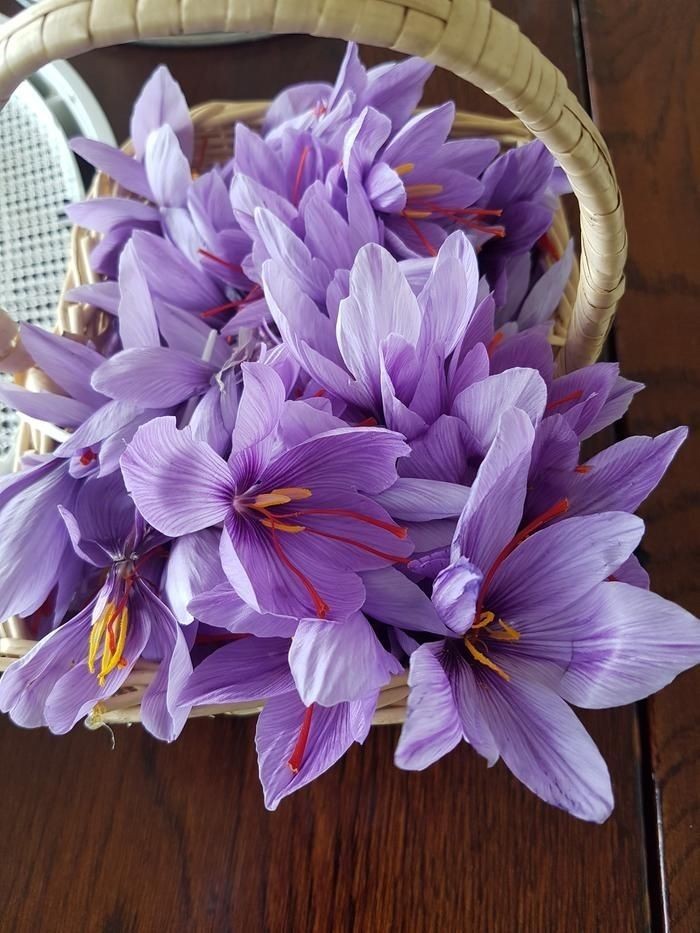Categories
The latest content
-

Customs Clearance & Import Regulations for Bulk Iranian Pinto Beans in EU, Middle East & Africa
..
-
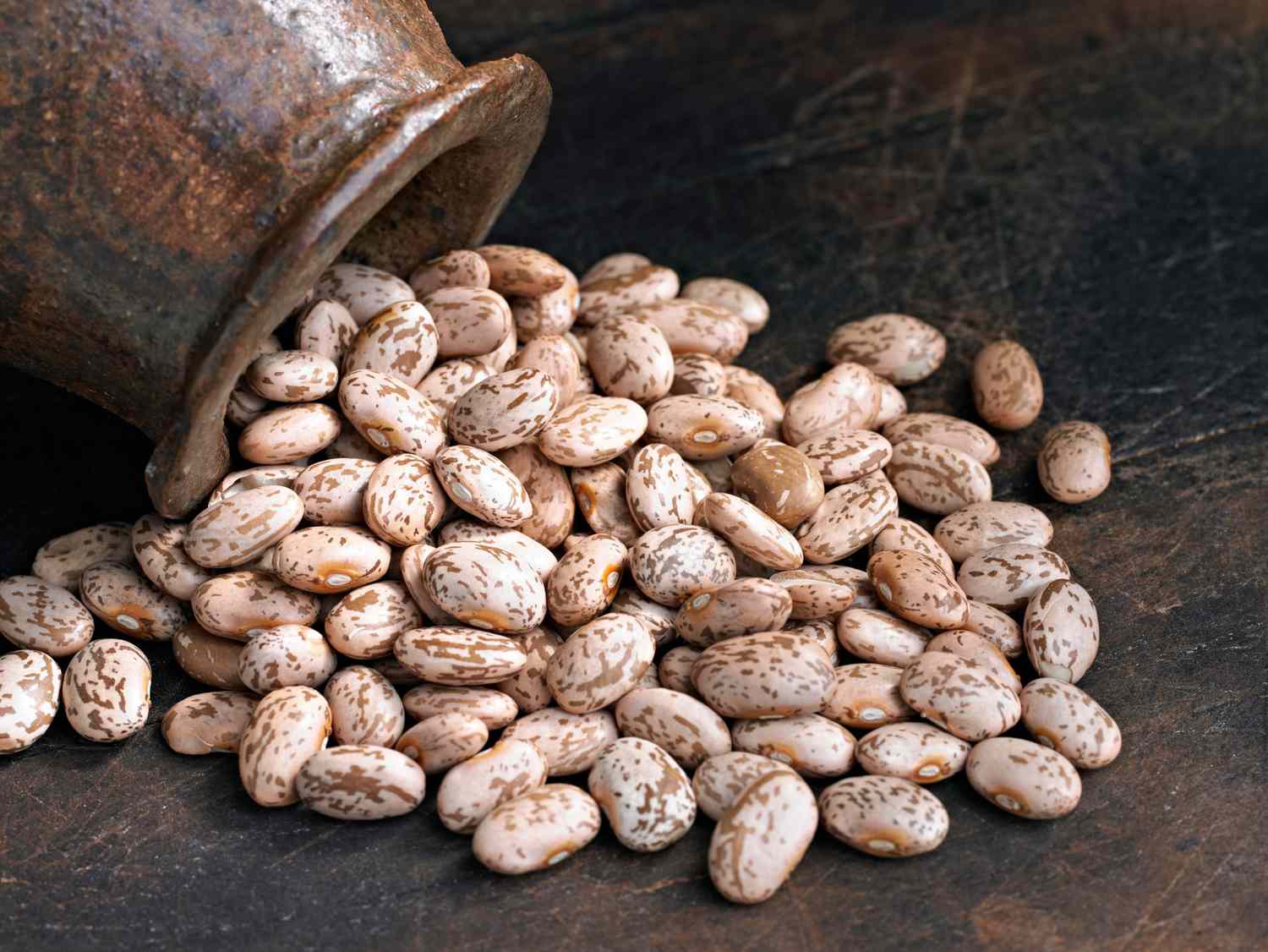
Quality Control & Laboratory Testing Standards for Iranian Pinto Beans
..
-
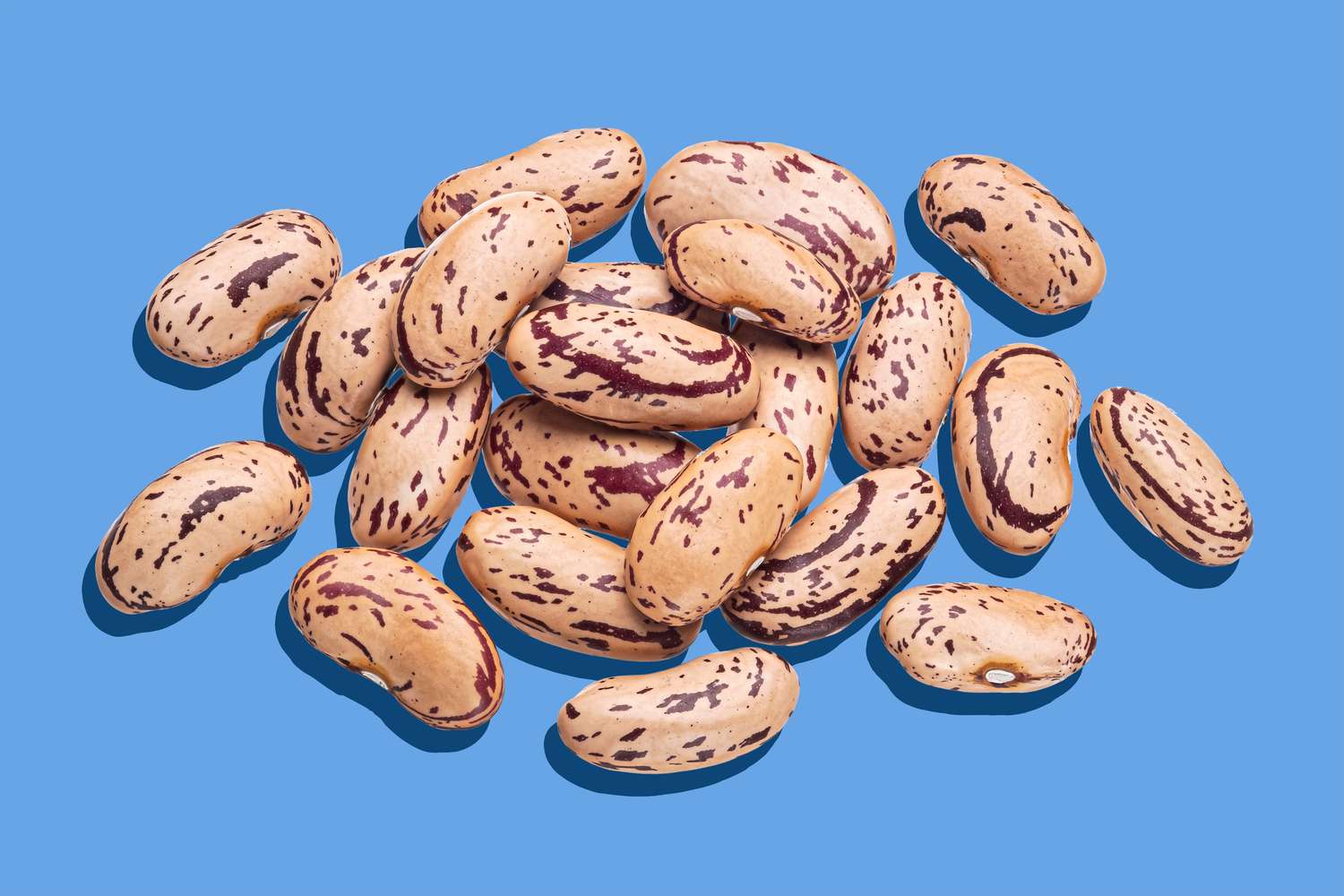
Logistics & Shipping Solutions for Bulk Iranian Pinto Bean Exports
..
-
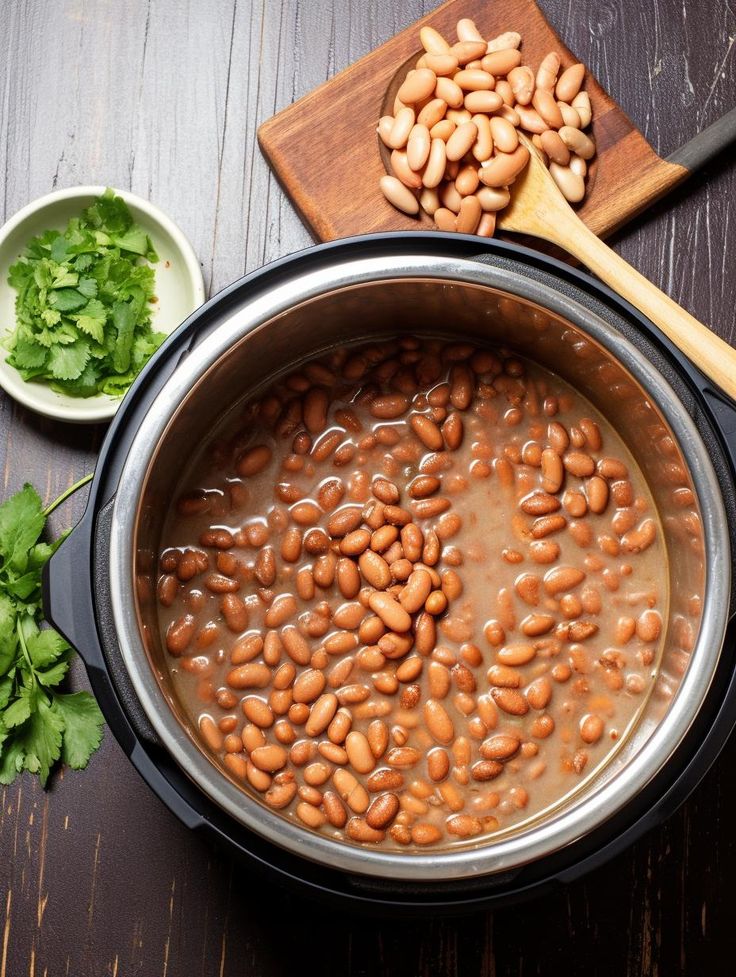
Minimum Order Quantity (MOQ) & Bulk Pricing for Iranian Pinto Bean Buyers
..
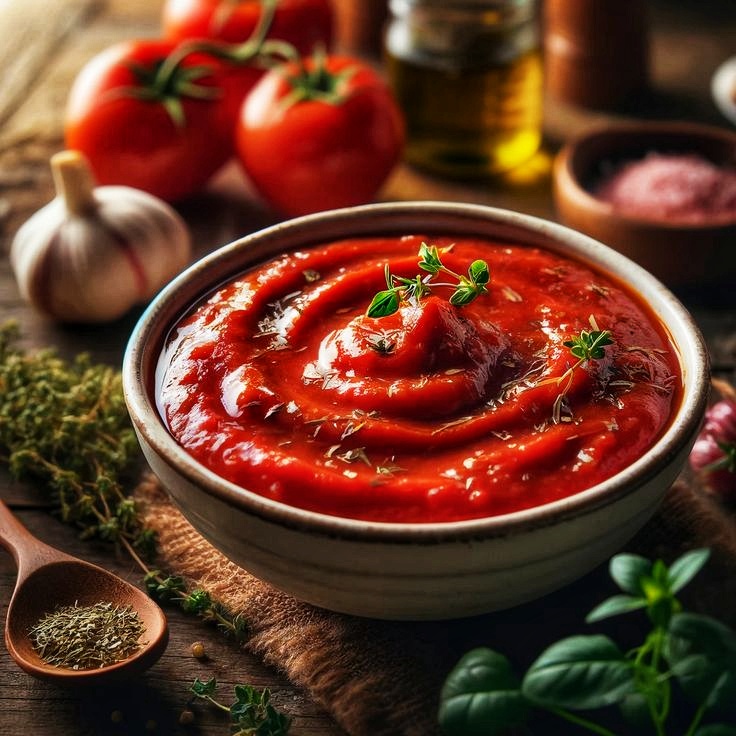
Tags
The Rich Culture of Tea Consumption in Iran: A Sip of Tradition
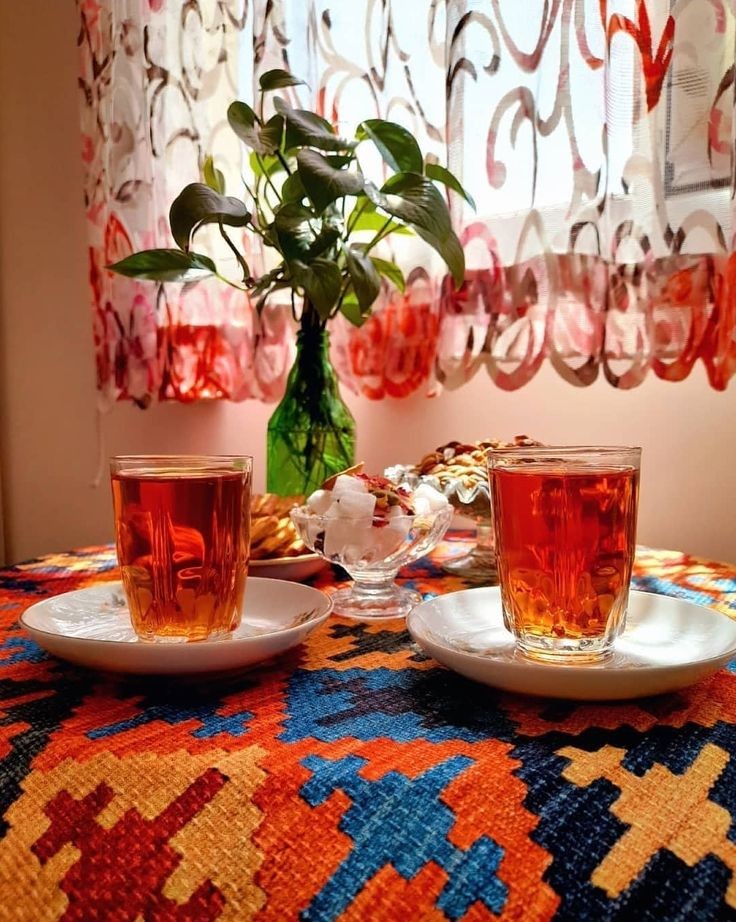
Tea, known as “chai” in Iran, is more than just a drink; it is a cherished tradition that permeates every aspect of Iranian life. From formal occasions to casual gatherings, tea serves as a bridge between people, enhancing hospitality and fostering community. This post delves into the cultural significance of tea consumption in Iran, exploring its historical roots, social rituals, and unique preparations.
A Historical Perspective
Tea was introduced to Iran in the early 19th century, becoming immensely popular due to its invigorating effects and social attributes. The establishment of tea houses, called “chai khaneh,” across the country helped cement tea’s place in Iranian culture, providing a communal space for conversation, storytelling, and relaxation. These establishments often serve as mini cultural hubs, where poetry readings, music, and traditional games create a lively atmosphere.
The Social Rituals of Tea Drinking
1. Hospitality: In Iranian culture, offering tea to guests is a fundamental gesture of hospitality. Regardless of the occasion, guests can expect to be welcomed with a steaming cup of tea, often accompanied by sweets such as “baklava” or “saffron cookies.” This practice reflects the deep-rooted value placed on friendship and hospitality in Iranian society.
2. Family Gatherings: Tea is an integral component of family gatherings, where it serves as a social lubricant, encouraging conversation and connection. Whether during a festive holiday meal or a casual afternoon visit, tea offers a comforting presence that brings loved ones together.
3. Celebratory Occasions: Special occasions, such as weddings and religious ceremonies, often include elaborate tea service, highlighting its importance in celebrating milestones in life. During these events, tea is typically served in elegant glass cups, accompanied by a selection of sweets and pastries, adding a touch of festivity to the ritual.
Traditional Methods of Preparation
The art of preparing tea in Iran involves a few unique practices that elevate the entire drinking experience:
• Samovar: A traditional tea samovar is often used for brewing tea, which not only serves as a teapot but also keeps the tea hot for extended periods. The samovar has become a symbol of hospitality, sitting at the center of many homes and gatherings.
• Tea Selection: Iranians usually prefer black tea, particularly varieties from northern regions like Gilan and Mazandaran. The tea is brewed strong, with sugar, cardamom, or sometimes even mint added for flavor enhancement.
• Serving Style: Tea is typically served in transparent glass cups, allowing the deep color of the brewed tea to show through. It is common to enjoy tea alongside sugar cubes, which are often nibbled or dissolved in the tea, revealing personal preferences in sweetness.
The Role of Tea Houses
Tea houses or “chai khaneh” are integral to the social structure in Iran. These establishments are gathering spots for people of all ages, providing a welcoming environment to enjoy tea, relax, and socialize. Many tea houses feature beautiful decor with traditional wooden furniture, and often serve as venues for artistic expressions, including poetry recitations or music performances.
Conclusion
The culture of tea consumption in Iran is a testament to the country’s rich heritage and deep-seated traditions. With every cup of chai, Iranians celebrate community, hospitality, and artistry. At Tamila Agrifood, we honor this beautiful ritual by offering an exquisite selection of Iranian teas, allowing you to savor the flavors and traditions of this remarkable culture.
Join us in appreciating the timeless elegance of Iranian tea culture, and discover how a simple cup can connect us to stories, people, and traditions across generations.



